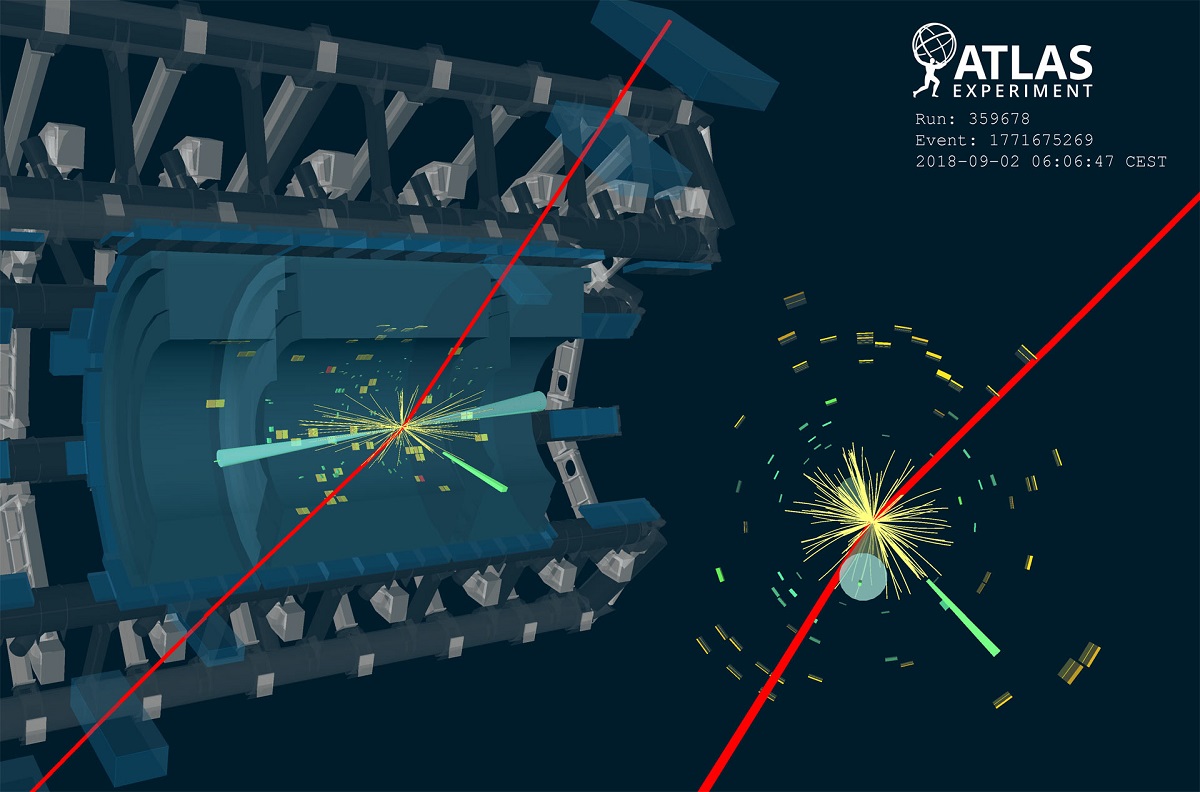Standard model in question - scientists have recorded the rarest Higgs boson decay event into a Z-boson and a photon, which occurs with a probability of 0.15%

A new discovery could question the validity of the Standard Model and change the way scientists think about the universe. ATLAS and CMS have announced that they have detected the decay of the Higgs boson, a rare event in the world of physics.
Here's What We Know
The Higgs boson was first detected at the Large Hadron Collider in 2012. The extraction of the 125 GeV particle set the stage for research to confirm the completeness of the Standard Model. Scientists were able to find all existing elementary particles experimentally and match their parameters to theory.
Physicists now claim that they have recorded the decay of the Higgs boson into an electromagnetic force carrier and an electrically neutral carrier of weak interaction. In simple (or not) words, the Higgs boson has decayed into a photon and a Z-boson, respectively. The probability of such an event is only 0.15%.
The decay was recorded from CMS and ATLAS data collected at the Large Hadron Collider from 2013 to 2018. Machine learning was also applied.
Technically, the detection of the Higgs boson decay is not a scientific discovery. The statistical significance of the event was 3.4σ. An application for a discovery can be made with a value of at least 5σ (σ is the standard deviation). Nevertheless, 3.4σ is sufficient to confirm the event.
Physicists have already been able to confirm that the Higgs boson is capable of decaying into a Z-boson and a photon. In the future, scientists intend to continue the study using the Large Hadron Collider. It is possible that the event will force researchers to change their understanding of the structure of the world, and the Standard Model will require revision.
Source: SciNews